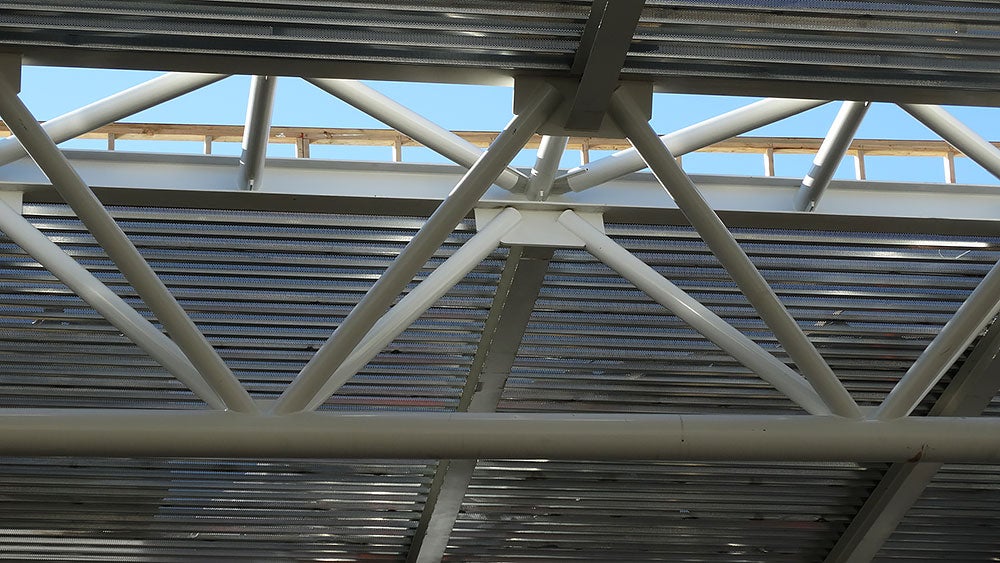A Guide to A1085 (Frequently Asked Questions)
As I travel the country talking to colleagues, I get a lot of questions about A1085. Since some of the same questions come up time and time again, I thought it would be helpful if I wrote them down as part of a “Frequently Asked Questions” guide to A1085. I hope you find this FAQ helpful when designing with A1085 on your next project.
 Does A1085 meet the same physical properties of A500? Yes, it meets and exceeds all the minimum requirements of ASTM A500! A500 Grade C Square and rectangles has a min yield of 50 KSI (46 for rounds), Tensile of 62 ksi and Elongation of 21. A1085 has a min yield of 50 ksi, 65 ksi Tensile and 21 Elongation. As you can see, A1085 exceeds the minimum mechanical properties of A500 Grade C. We can even dual-stencil the tube at the time of rolling if you need it.
Does A1085 meet the same physical properties of A500? Yes, it meets and exceeds all the minimum requirements of ASTM A500! A500 Grade C Square and rectangles has a min yield of 50 KSI (46 for rounds), Tensile of 62 ksi and Elongation of 21. A1085 has a min yield of 50 ksi, 65 ksi Tensile and 21 Elongation. As you can see, A1085 exceeds the minimum mechanical properties of A500 Grade C. We can even dual-stencil the tube at the time of rolling if you need it.
I’m working on a pedestrian bridge and AASHTO design requires a Charpy test. Can I get that with A1085? Yes you can! In fact, A1085 has a standard requirement for Charpy V-Notch toughness: 25 ft/lbs at 40 degrees Fahrenheit. This meets the AASHTO requirement for Fracture Critical Elements in service temperature zone 2.
When designing a column, what additional capacity can I expect by using A1085 instead of A500, Grade B? You can expect a 10-15% increase in capacity by selecting an A1085 section instead of A500, Grade B. This additional capacity is due to the higher minimum yield stress and the higher cross-sectional properties.
Is A1085 available at Service Centers? Right now A1085 is available at these service centers in the Western part of the United States. We are working to increase our distribution footprint; in the meantime, if you are in need of an A1085 size, reach out to your service center or fabricator and we can work on a lead time for the size you need within your project’s boundaries.
How does A1085 improve the ability to specify HSS in seismic applications? A1085 sets a max yield stress of 70 ksi – A500 has no maximum, only a min. This lowers your expected yield strength (RyFy) and will reduce capacity design requirements. The Ry factor considers the variability of a material – by reducing the variability, A1085 also lowers the strength and connection requirements of the material by making HSS cost effective and by providing better performance in seismic applications.
Do you have more question about A1085, email me today at And don’t forget to download our A1085 Pocket Reference Guide!
